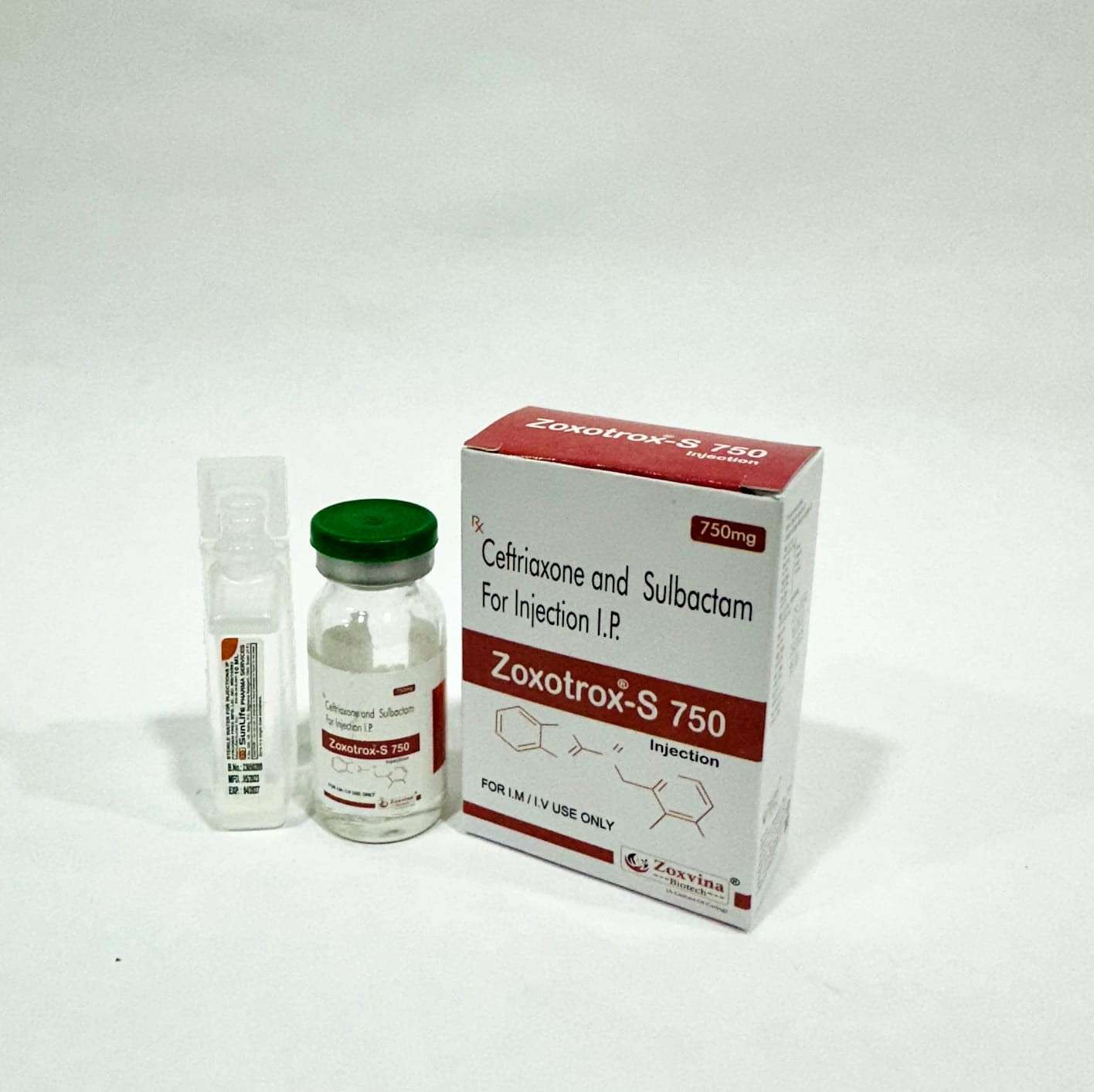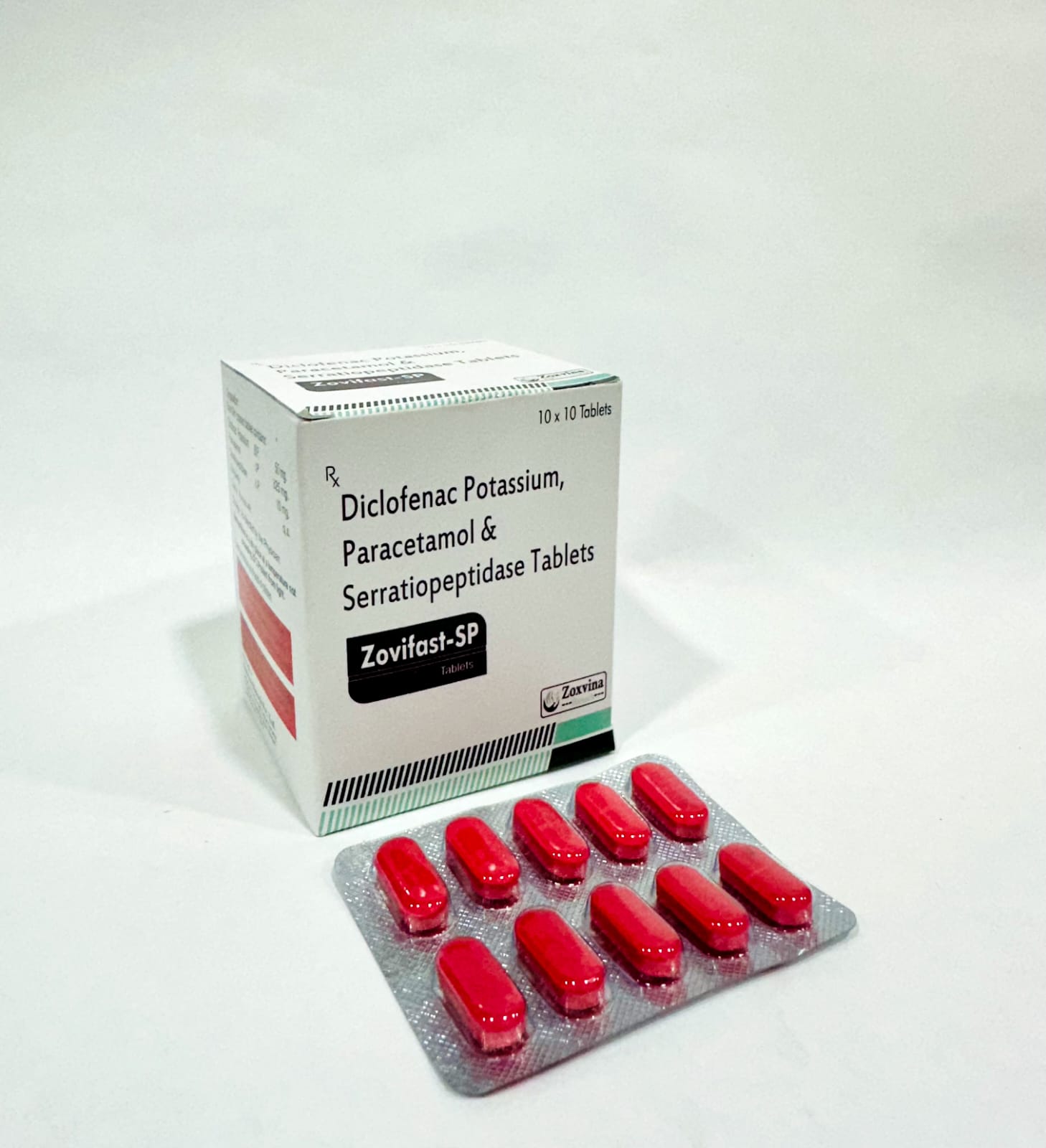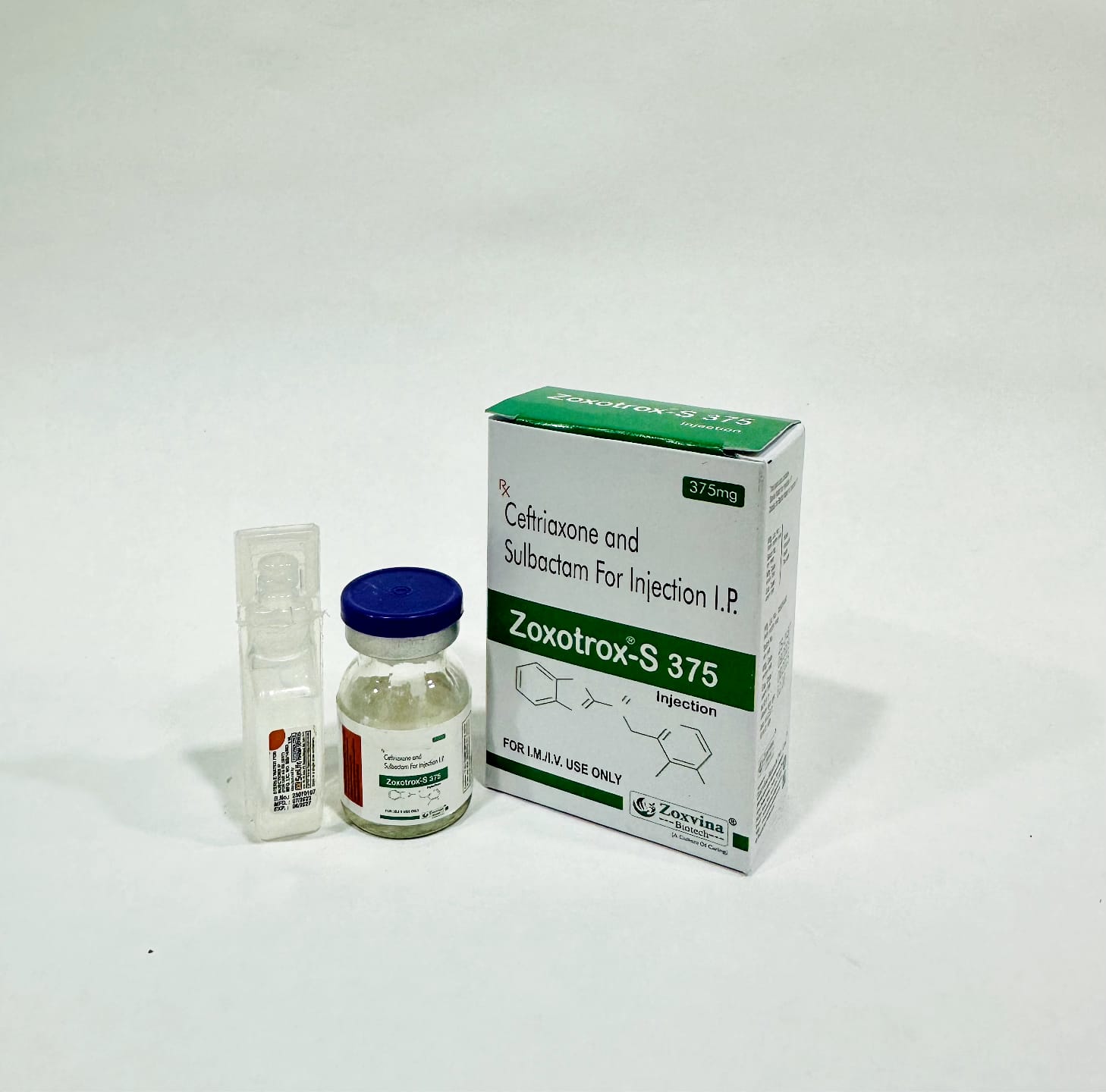You could have received the Ceftriaxone and Sulbactam for Injection Uses as measures used to treat a serious bacterial infection. As a rule, this medication is administered in the form of a solution by an intravenous (IV) infusion or an intramuscular (IM) injection, particularly, in case of immediate, robust action.
You might then have thought:
- So what is this medicine, anyway?
- Why did I get it myself?
- Is it safe to me?
- What are the mechanisms of action against infections?
These are the typical and vital questions because the effectiveness of ceftriaxone and sulbactam injection around the world is usually encouraged through use in severe cases like pneumonia, meningitis, urinary tract infections, skin infections or hospital-acquired infections.
This guide will take you through all you need to know about injection uses of ceftriaxone and sulbactam, how it functions, when it is administered, its side effects, precautions and reasons why doctors commonly prescribe this combination antibiotic with the resistant power.
1. What is Ceftriaxone and Sulbactam?
Ceftriaxone is a third-generation cephalosporin antibiotic designed to kill a broad spectrum of harmful bacteria that can cause severe infections.
Sulbactam is a beta-lactamase inhibitor. It does not directly kill bacteria but prevents them from destroying ceftriaxone by blocking the action of certain resistant strains that produce an enzyme called beta-lactamase.
When used together, this combination provides a strong defense against stubborn and drug-resistant bacteria. Think of it like this:
-
Ceftriaxone = The skilled fighter that destroys bacteria.
-
Sulbactam = The shield that breaks bacterial defenses, allowing ceftriaxone to do its job.
This synergy explains why doctors recommend this medicine for a wide range of ceftriaxone and sulbactam for injection uses, especially when resistance is a concern. Whether for pneumonia, meningitis, or severe abdominal infections, the combination offers a powerful weapon in modern medical treatment. In many hospital settings,ceftriaxone and sulbactam for injection uses are considered a go-to option for critical bacterial infections.
2. Why Are They Used Together?
Certain bacteria have developed defense mechanisms that allow them to survive even in the presence of strong antibiotics. One of the most common tactics is producing enzymes, such as beta-lactamases, which can destroy the antibiotic before it has a chance to act. This is one of the key reasons why some infections fail to respond to conventional treatments.
In the case of ceftriaxone and sulbactam for injection uses, the role of sulbactam is crucial. Sulbactam works by inactivating these harmful enzymes, effectively disarming the bacteria’s defense system. Once the enzymes are neutralized, ceftriaxone can directly attack the bacterial cell walls, stopping their growth and eventually killing them.
This unique teamwork between the two drugs is what makes ceftriaxone and sulbactam for injection uses so effective, even against bacteria that have developed resistance to many other antibiotics. It is particularly valuable in severe cases, such as hospital-acquired infections, where resistant strains are more common.
In modern medicine, ceftriaxone and sulbactam for injection uses represent an important weapon in the fight against resistant bacteria. By combining the strengths of both drugs, doctors can offer patients a higher chance of recovery, even in challenging and high-risk situations.
3. Ceftriaxone and Sulbactam for Injection Uses
The mixture is prescribed for many types of severe infections, especially when stronger antibiotic coverage is needed. Some common ceftriaxone and sulbactam for injection uses include:
-
Respiratory tract infections – Pneumonia, severe bronchitis, lung abscesses
-
Urinary tract infections – Complicated UTIs, mid- and upper-tract infections, kidney infections
-
Skin and soft tissue infections – Cellulitis, infected wounds, abscesses
-
Bone and joint infections – Osteomyelitis, septic arthritis
-
Intra-abdominal infections – Peritonitis, abdominal abscesses
-
Septicemia (blood infections) – Life-threatening bacterial spread in the blood
-
Meningitis – Bacterial diseases affecting the coverings of the brain and spinal cord
-
Post-surgical infections – Preventing or treating bacterial growth after surgery
A critical fact about ceftriaxone and sulbactam for injection uses is that they are generally reserved for moderate to severe infections, particularly when other antibiotics may not be potent enough. This careful use helps ensure the medicine remains effective for serious cases and reduces the risk of antibiotic resistance.
4. How It Works (Mechanism of Action)
Ceftriaxone, when injected penetrates your blood stream and attacks the cell walls of bacteria. It attaches itself to certain proteins in the bacteria and prevents them to create a defensive wall – without which the bacteria dies.
Sulbactam comes up to intervene by inactivating beta-lactamase enzyme that some bacteria would use to annihilate antibiotics. Ceftriaxone retains its activity in the absence of this enzyme and is deadly to the bacteria.
5. How is Ceftriaxone and Sulbactam Given?
The medicine administered in the clinic or hospital setting by a health professional is mostly prescribed to be used with ceftriaxone and sulbactam under injection. It may be administered in two broad forms:
- IV Infusion (intra) The drug is gently inserted into a vein and thus it goes directly into the bloodstream.
- Intramuscular (IM) injection The injection or medicine placement is in the deep portion of a large bone muscle, in the thigh or buttock.
Frequency: The dose is administered once or twice daily depending on the type and severity of the infection to the majority of patients.
- Duration: The treatment course is 5-14 days long, in general. There are severe infections that might need more time as recommended by the physician.
- Dose: Your healthcare provider will choose the dose specific to your age, weight, general health, and how severe the infection is.
Remember: Never cut short a course of ceftriaxone and sulbactam, when you start feeling well. Quitting the drug too soon may lead to the reemergence of the infection and it might become resistant thus becoming more difficult to cure in future.
6. Possible Side Effects
When used for ceftriaxone and sulbactam for injection uses, most patients tolerate the medicine well, but like all medications, it can cause some side effects. While many are mild and short-lived, a few may require prompt medical attention.
Common side effects:
-
Pain, redness, or swelling at the injection site
-
Mild diarrhea
-
Nausea or occasional vomiting
-
Mild rash or itching on the skin
These symptoms often go away on their own as your body adjusts to the medicine.
Serious but rare side effects:
-
Severe allergic reactions, such as swelling of the face, lips, or throat, and difficulty breathing
-
Persistent diarrhea, which could indicate a Clostridioides difficile infection
-
Unusual bleeding or easy bruising, possibly related to changes in blood clotting
-
Yellowing of the skin or eyes, which may be a sign of liver issues
If you experience any severe reaction, contact your doctor or seek emergency medical help immediately.
💡 Tip: Inform your healthcare provider about any allergies or pre-existing conditions before starting ceftriaxone and sulbactam for injection uses, as this can help reduce the risk of side effects and ensure safe treatment.
7. Who Should Avoid Ceftriaxone and Sulbactam?
Although ceftriaxone and sulbactam for injection uses are effective for treating many bacterial infections, this medicine is not suitable for everyone. Certain health conditions or allergies may make it unsafe or require special precautions.
You should avoid or use this medicine with caution if you:
-
Are allergic to cephalosporin or penicillin antibiotics, as cross-reactions can occur and may cause severe allergic responses.
-
Have a history of severe liver or kidney problems, since the medicine is processed through these organs and could worsen existing conditions.
-
Are a newborn (especially premature) with high bilirubin levels, because ceftriaxone can increase the risk of brain damage from bilirubin buildup.
-
Are pregnant or breastfeeding, unless your doctor decides the benefits outweigh the risks. Limited data is available on safety in these situations, so medical supervision is essential.
Important: Always tell your healthcare provider about your full medical history, allergies, and any medications or supplements you are taking before starting ceftriaxone and sulbactam for injection uses. This ensures the treatment is safe, effective, and tailored to your needs, minimizing the risk of serious side effects or drug interactions.
8. Storage and Handling Tips
Ceftriaxone and sulbactam, when used as injections requires storage to ensure maximum effective and safety. Failing to store the medicine properly might cause the medicine to lose some of its potency and may not gain the desired effect.
Generic storage instructions:
- Store the vials in a cool dry environment free of direct sunlight and excessive heat.
- Unless otherwise specified, store at temperature recommended by manufacturer, typically that of below 25C (77F).
Never open the vials and leave the vials pending until you are ready to make the dose and give it. This helps the medicine against moisture, light and contamination.
Tips on preparation and use:
- As soon as the powder is dissolved in the suitable diluent, take the freshly made solution as advised by your medical professional.
- Prepared solutions should not be kept over a long time unless prescribed by a medical practitioner.
- Safely dispose any unused solution in a way as recommended locally of medical waste.
Hints: Properly storing and handling ceftriaxone and sulbactam injection can help keep this medication viable against infection, minimize the chances of contamination, and give you the most effective results when used in treatment.
9. Why Doctors Prefer This Combination
In regard to treating serious bacterial infections, ceftriaxone and sulbactam in injection form is common among doctors being one of their best choices. The combination is an effective, safe, convenient mixture with its own unique balance, explaining why it is a dependable treatment in hospitals as well as clinics.
The main factors why physicians use this medicine are:
- Broad-spectrum coverage: It has an effect against diverse bacteria such as Gram-positive and Gram-negative, and thus, it does not need several antibiotics.
- Activity against resistant bacteria: In combination with ceftriaxone, sulbactam prevents the effect of resistant-conferring bacterial enzymes, and therefore accords ceftriaxone good activity against selected resistant species.
- Flexible dosing schedules: It can be delivered only once, or twice a day making doses more conveniences to both medical workers and the patients, particularly in a hospital.
- Appropriate in severe infections: It is often applied when infections are dangerous (such as sepsis, meningitis, or nosocomial pneumonia) and require swift, potent intervention to leave no time to waste.
- Professional opinion: Physicians like that two strong agents are put into one injection of ceftriaxone and sulbactam and this application lessens the chances of treatment failure and enhances patient outcome especially in situations where time and reliability are major issues.
Final Takeaway
Injection of ceftriaxone and sulbactam for injection uses is mainly reserved for treating serious and life-threatening bacterial infections. These injections must only be administered under the supervision of a qualified medical professional, as proper dosage and monitoring are essential for safety and effectiveness.
Although highly effective, this combination should not be used for every type of infection. Overusing antibiotics can lead to resistance, which makes future illnesses much harder to treat. That’s why ceftriaxone and sulbactam for injection uses should always be prescribed based on clear medical necessity and accurate diagnosis.
If your doctor recommends this treatment, ask about its purpose, follow the dosage instructions precisely, and complete the full course. Doing so will help you recover faster while protecting the long-term effectiveness of this important antibiotic combination.
Just Must Read : Ceftriaxone Injection Uses in Hindi




